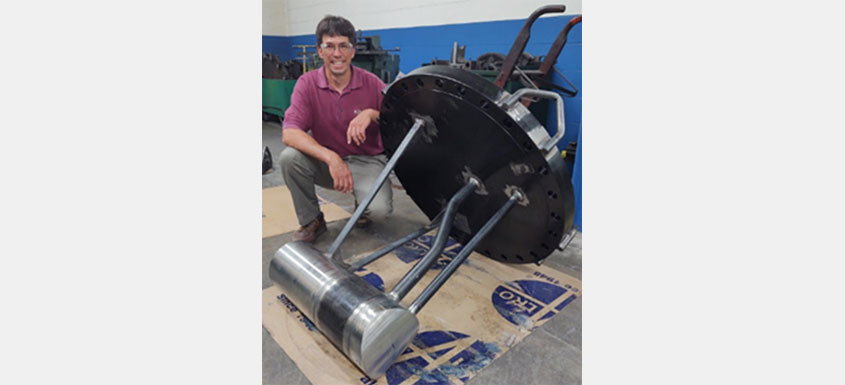A Gulf Coast power plant occasionally needs to bypass superheated steam from its power generating turbines. This occurs when power is not needed, but the boiler cannot reduce heat immediately.
Simply venting the superheated steam into the atmosphere is not energy efficient, wastes water, and pollutes the environment. The power plant needed an environmentally sustainable solution.
To capture and recycle the excess superheated steam, the power plant needed to reduce the steam’s temperature from 750° F to 180° F at minus 10 psig so it could enter a cooling well. Up to 20 million cubic feet per hour (267,000 pph) of superheated steam needed to be desuperheated, the equivalent of filling one hundred Goodyear blimps an hour. Any solution also needed to fit into an available 80 foot section of pipe between the turbine and the condensing well. The power company was unable to find any supplier that could provide a solution until they contacted Kadant Johnson.
SOLUTION
Kadant Johnson engineers worked with the customer, as well as the customer’s engineering firm, and piping fabricator to develop a desuperheater system. The design consisted of three large ejector desuperheater heads inserted into 30-inch flange connections. Computational fluid dynamic analysis was used to optimize the design to fit into the 82” diameter piping and achieve good dispersion and absorption of the atomized cooling water. The desuperheaters were offset to ensure water absorption into the superheated steam flow. Atomizing steam lines, cooling water lines, and associated controls were installed and Kadant Johnson engineering worked with the power plant engineers to integrate the desuperheaters into the plant’s piping and system controls.
RESULTS
The desuperheaters enable an effective superheated steam bypass of the power generating turbines when needed. The power plant does not have to vent the superheated steam to the atmosphere. This prevents large plumes of steam, conserves energy, and is environmentally friendly.
About the Author
Erich Bernhardt is Senior Applications Engineer at Kadant Johnson
Source: Kadant













